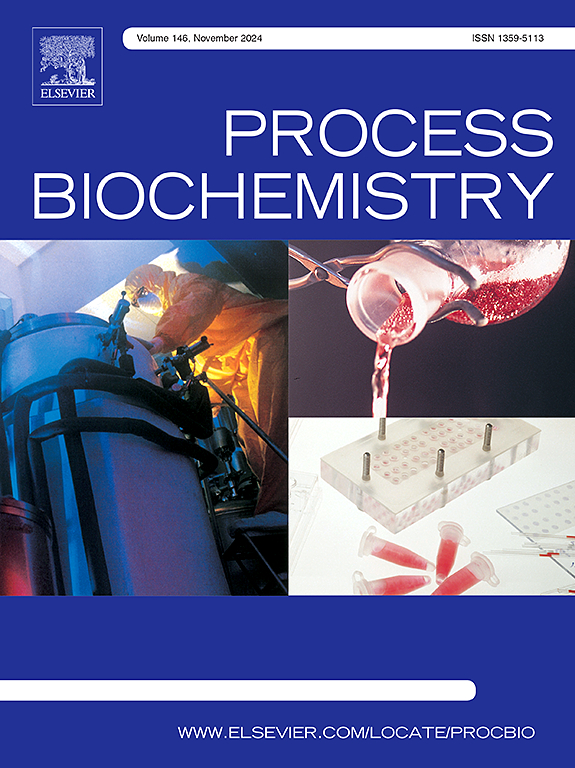Multiplex metabolic engineering for enhanced indole-3-acetic acid production via optimized biosynthetic pathways in E. coli
IF 4
3区 生物学
Q2 BIOCHEMISTRY & MOLECULAR BIOLOGY
引用次数: 0
Abstract
IAA is a key auxin that regulates plant growth and development. Engineering E. coli as a microbial cell factory provides a sustainable alternative to petrochemical-based production methods by using glucose as a feedstock. This review outlines fundamental strategies that enhance microbial IAA synthesis while simplifying technical concepts for broader understanding. Key approaches include overexpressing genes in the shikimate pathway and modifying central carbon metabolism (PP and EMP pathways) to increase precursor availability, particularly E4P and PEP. Enhancing cofactor supply, through improved NAD(P)H and ATP regeneration and FMN and FAD preservation, supports the energy and redox demands of IAA biosynthesis. Enhancing intracellular L-tryptophan levels by boosting import and limiting efflux further contributes to IAA productivity. Balancing growth with metabolite output ensures process efficiency. The review highlights forward-looking strategies, including machine learning for pathway design, genome-scale modeling to identify bottlenecks, and the use of modular or co-culture engineering to optimize microbial IAA biosynthesis. It underscores the potential of engineered E. coli as a sustainable platform for IAA production, paving the way for greener agricultural practices and reduced reliance on petrochemicals.
通过优化大肠杆菌生物合成途径提高吲哚-3-乙酸生产的多重代谢工程
IAA是调节植物生长发育的关键生长素。工程大肠杆菌作为微生物细胞工厂,通过使用葡萄糖作为原料,为石化生产方法提供了可持续的替代方案。本文概述了加强微生物IAA合成的基本策略,同时简化了技术概念,以便更广泛地理解。关键方法包括过表达莽草酸途径中的基因和修改中心碳代谢(PP和EMP途径)以增加前体可利用性,特别是E4P和PEP。通过改善NAD(P)H和ATP再生以及FMN和FAD保存来增强辅因子供应,支持IAA生物合成的能量和氧化还原需求。通过促进输入和限制外排来提高细胞内l -色氨酸水平,进一步有助于IAA生产力。平衡生长与代谢物输出确保过程效率。该综述强调了前瞻性策略,包括用于途径设计的机器学习,用于识别瓶颈的基因组规模建模,以及使用模块化或共培养工程来优化微生物IAA生物合成。它强调了工程大肠杆菌作为IAA生产可持续平台的潜力,为更绿色的农业实践和减少对石化产品的依赖铺平了道路。
本文章由计算机程序翻译,如有差异,请以英文原文为准。
求助全文
约1分钟内获得全文
求助全文
来源期刊

Process Biochemistry
生物-工程:化工
CiteScore
8.30
自引率
4.50%
发文量
374
审稿时长
53 days
期刊介绍:
Process Biochemistry is an application-orientated research journal devoted to reporting advances with originality and novelty, in the science and technology of the processes involving bioactive molecules and living organisms. These processes concern the production of useful metabolites or materials, or the removal of toxic compounds using tools and methods of current biology and engineering. Its main areas of interest include novel bioprocesses and enabling technologies (such as nanobiotechnology, tissue engineering, directed evolution, metabolic engineering, systems biology, and synthetic biology) applicable in food (nutraceutical), healthcare (medical, pharmaceutical, cosmetic), energy (biofuels), environmental, and biorefinery industries and their underlying biological and engineering principles.
 求助内容:
求助内容: 应助结果提醒方式:
应助结果提醒方式:


